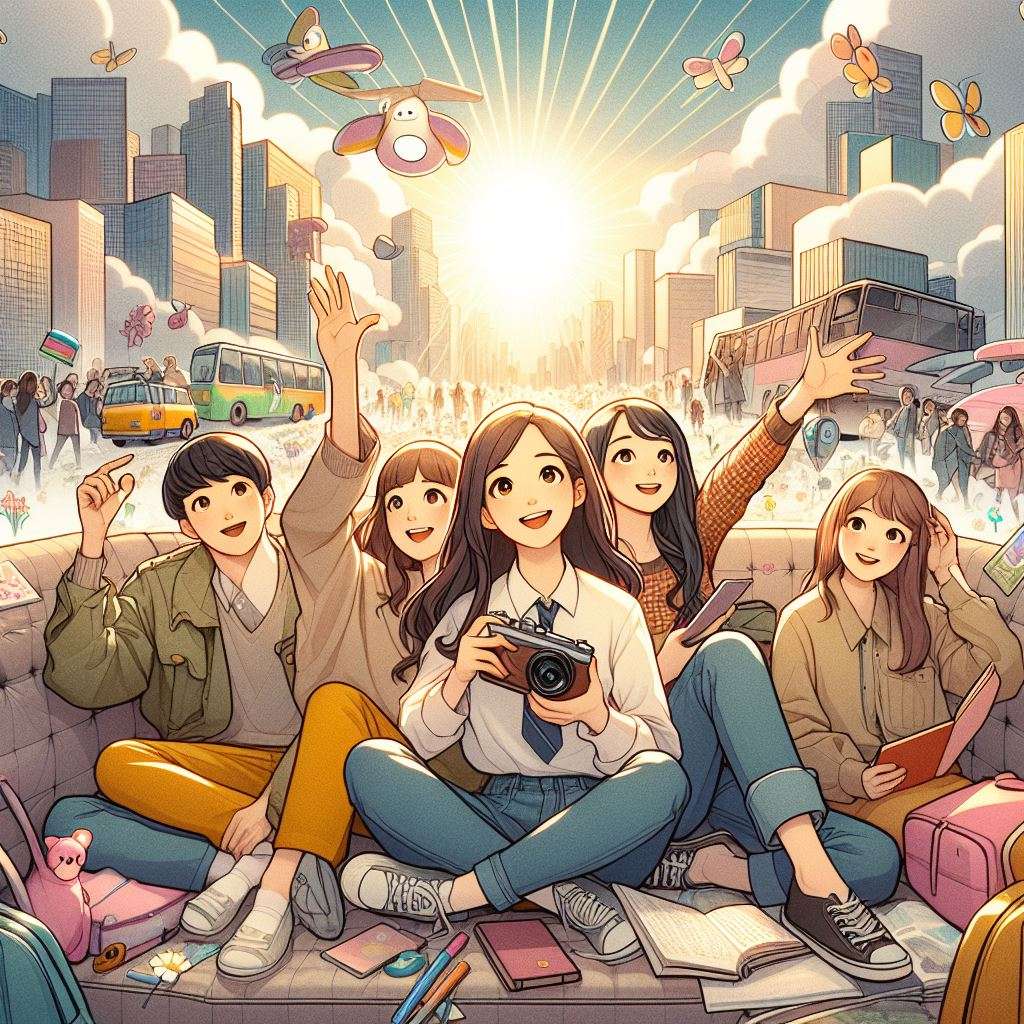Introduction to Korea’s Changing Family Trends
Introduction to Korea’s Changing Family Trends

Historical Context
- Post-war Family Structures: Explore how families were traditionally structured in the post-war era, focusing on the predominance of extended families and the communal living style.
- Impact of Industrialization and Urbanization: Discuss how Korea’s rapid industrialization and urbanization have reshaped family dynamics, leading to a shift from traditional to more modern structures.
Recent Shifts in Family Dynamics
- Decline in Traditional Joint Family Systems: Delve into the decline of extended families and the rise of nuclear families, single-parent households, and alternative family forms.
- Economic and Social Impacts: Examine the economic challenges and changing social norms resulting from these shifts, including the impact on the elderly and youth.
Challenges Faced by Modern Korean Families
Challenges Faced by Modern Korean Families
Economic Hardships
- Rising Cost of Living: Address the increasing financial burden on families, focusing on housing, education, and healthcare costs.
- Work-Life Balance: Explore the struggles of balancing professional and family life in the context of Korea’s work culture.
Social Pressures
- Educational Expectations: Discuss the high expectations placed on academic success and its impact on both parents and children.
- Stigma Around Non-Traditional Families: Highlight the social challenges faced by single parents, divorced individuals, and non-traditional family setups.
Mental Health Concerns
- Family Stress and Anxiety: Address the mental health issues arising from economic and social pressures.
- Social Isolation and Relationships: Examine the effects of changing family structures on interpersonal relationships and mental well-being.
The Role of Government and Society in Supporting Families
The Role of Government and Society in Supporting Families
Government Policies
- Childcare and Parental Leave: Analyze government initiatives like childcare support and extended parental leave policies.
- Financial and Housing Programs: Review state-sponsored financial aids and housing schemes aimed at supporting families.
Community Initiatives
- Support Groups and Counseling Services: Introduce various community-driven support systems available for families.
- Educational Programs for Parents and Children: Highlight community-based educational resources and programs.
Cultural Shifts
- Changing Perceptions of Family Roles: Discuss how societal views on family roles are evolving.
- Embracing Diversity in Family Structures: Encourage acceptance and celebration of diverse family forms.
Strategies for Hope and Resilience
Strategies for Hope and Resilience
Embracing Change Positively
- Adapting to New Family Norms: Offer strategies for families to adapt to the evolving family landscape.
- Celebrating Diversity and Flexibility: Encourage a positive view of the diversity in family roles and structures.
Building Strong Support Networks
- Importance of Community Support: Emphasize the role of community in providing emotional and practical support.
- Leveraging Technology for Connectedness: Suggest ways technology can help families stay connected and support each other.
Fostering Emotional and Mental Well-being
Stress Management Techniques: Provide practical tips for managing stress within the family context.
Promoting Open Communication: Stress the importance of open and honest communication within families for emotional health.
Confronting the Population Crisis: How Korea is Responding to Changing Family Dynamics
Hi, I’m [jeybee]. As a long-time resident of Seoul, I’m passionate about uncovering the authentic, everyday magic of Korea. This blog is my way of sharing my favorite spots, tips, and cultural insights with you, beyond the usual tourist traps.

